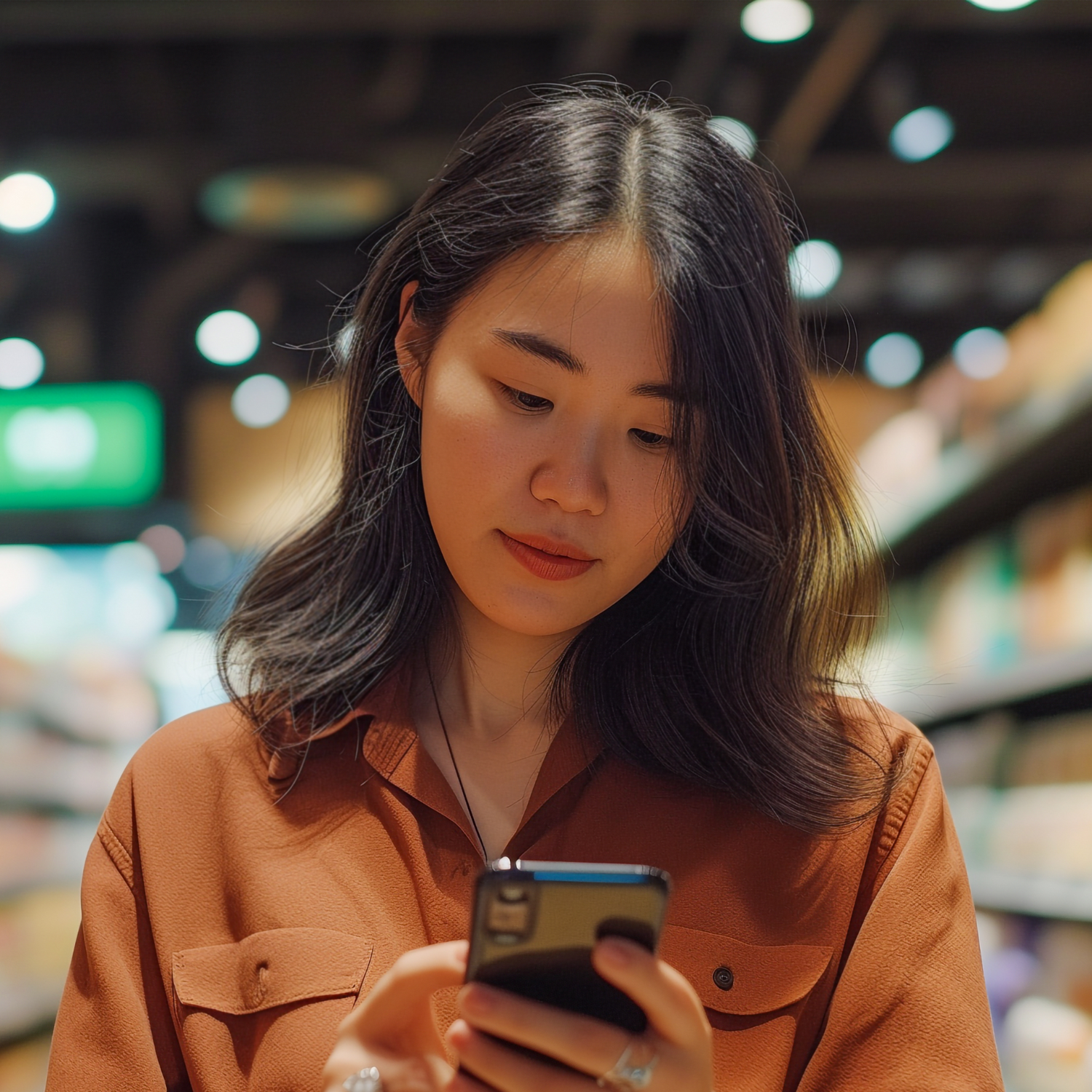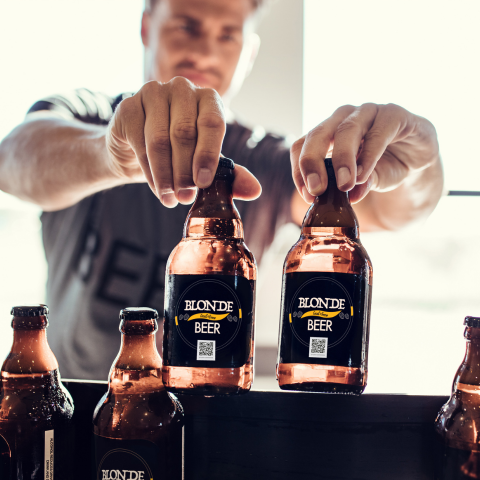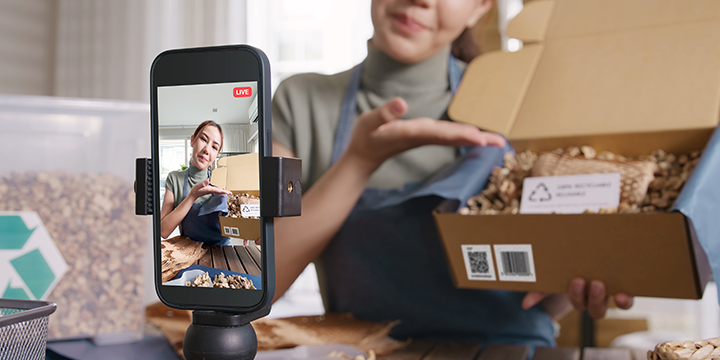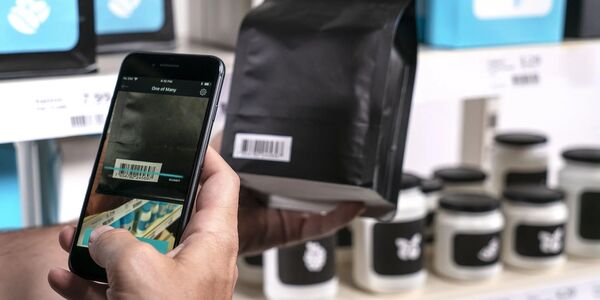March 22, 2024 Industry news
On 12 March 2024, UK Secretary of State for Environment, Food and Rural Affairs, Steve Barclay, unveiled proposals for new labelling regulations concerning dairy, meat, and poultry products.
The Fairer food labelling consultation is designed to enhance the transparency of ingredient origins and methods of production, helping consumers make decisions that align with their values. This initiative has come largely in response to governmental efforts to bolster support for farmers and foster equity throughout the supply chain.
Against this backdrop, QR codes on packaging are becoming increasingly favoured by consumers as a means of accessing product information. This was recently proven by new research from GlobalData, a prominent data and analytics firm.
GlobalData have revealed that more than half (56 per cent) of UK consumers would find it useful if point of origin and sustainability information could be accessed via a QR code on the packaging.
The power of connected packaging
Finding new ways to engage with consumers will always be a top priority for brands, with endless metrics, strategies, and technologies geared towards boosting brand awareness and strengthening brand loyalty.
In recent years, as the “Internet of Things” has developed, the rise of connected packaging has transformed everyday products into digital gateways, unlocking new dimensions of connectivity for business and consumers alike.
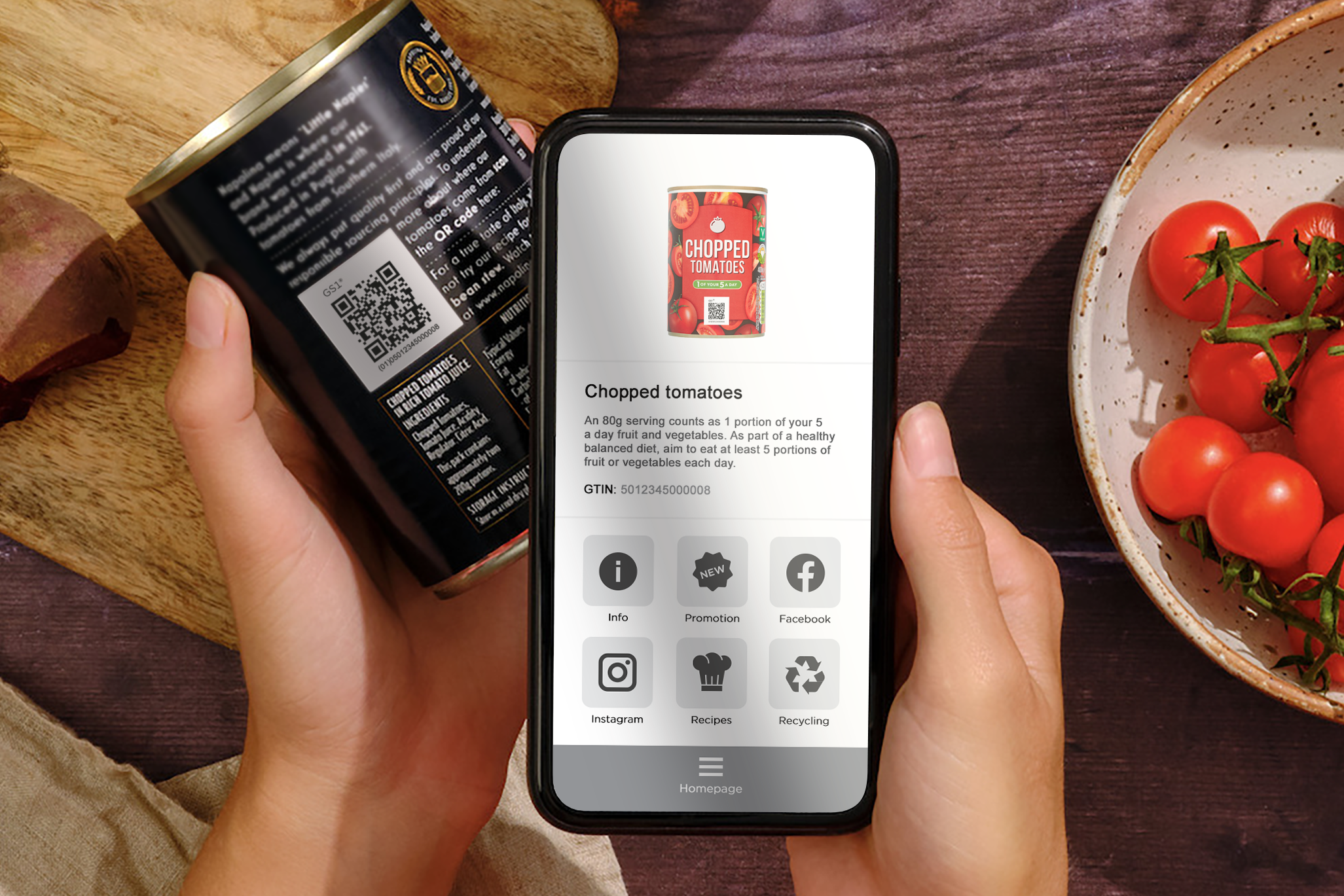
This is typically achieved via QR codes and is largely focused on enhancing access to brand and product information. According to SharpEnd’s Connected Experience Report 2021, “consumer readiness and appetite for this technology has reached a tipping point”. 79 per cent of consumers have already interacted with a product via a QR code and 51 per cent expected to do so again in the next 12 months.
When you combine this with the fact that over 90 per cent of UK adults now own a smartphone with three in five already using QR codes in everyday life, most commonly when buying groceries, it comes as no surprise QR adoption has surged.
According to another survey from digital marketing specialists Appetite Creative, (conducted between January and February 2024) 82 per cent executives working across the marketing, media, automotive, retail, utilities, construction, hospitality, and consumer packaged goods sectors have used connected packaging in the last year (up 1 per cent year on year), and 88 per cent are planning connective packaging campaigns this year.
This corresponds with research from GS1 US that found that 82 per cent of retailers and 92 per cent of brand owners supported transitioning from the linear barcode to a 2D code within the next five years.
Trust and transparency
Ramsey Baghdadi, Consumer Analyst at GlobalData, remarked, "Trust forms a cornerstone of consumer decision-making in the UK. Therefore, it's imperative for brands to clearly communicate production details, including origin and methods. If implemented, the labelling policies proposed by Steve Barclay could provide a significant advantage for local manufacturers, as indicated by over a third (38 per cent) of UK consumers who prioritize products tailored to their region or culture. However, this may not substantially boost sales for farmers, as it lacks detailed insight into the supply chain journey."
Baghdadi concluded, "Steve's proposed policies represent a positive stride towards a more transparent supply chain. However, further progress could be made through digital solutions like QR codes, aligning with contemporary consumer behaviours and reliance on smartphone technology. In the long run, brands should leverage digital channels to convey product information on packaging, considering that consumers often use smartphones to research before purchasing. This presents opportunities to cultivate consumer-brand trust by providing comprehensive insights into production and locality."
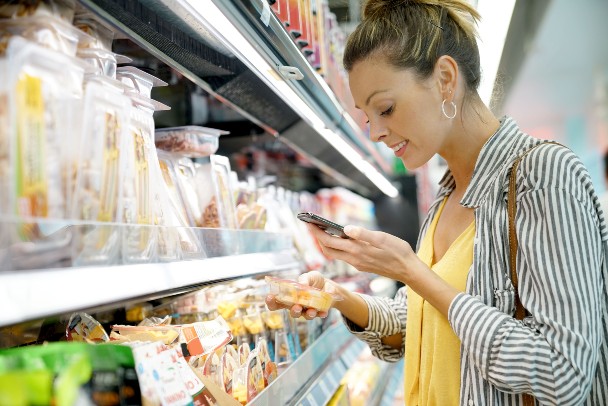
QR codes powered by GS1
QR codes powered by GS1 enhance the benefits of QR adoption. They extend the power and flexibility of GS1 identifiers such as the Global Trade Item Number (GTIN) by making them part of the web.
While a regular QR code contains a permanent, single web address, GS1 powered QR codes point to a menu of web addresses that can be updated at any time. They can also direct consumers to any number of information sources - using a unique product identifier - depending on their needs.
This enables brands to connect their product’s unique identity to multiple online sources of enriched, real-time content that can boost revenue, strengthen brand loyalty, improve supply chain traceability information and drive sustainability agendas.
The true power of GS1 powered QR codes lies in their flexibility, enabling connections to all types of business-to-business (B2B) and business-to-consumer (B2C) information via a single, smarter symbol on pack. They allow brands to retain full control, tailor online sources to specific products and users, and update or publish new content without having to alter their physical packaging.
